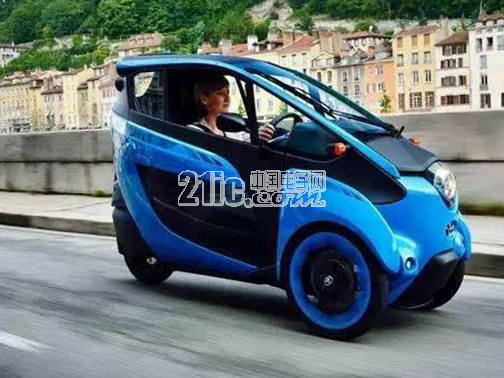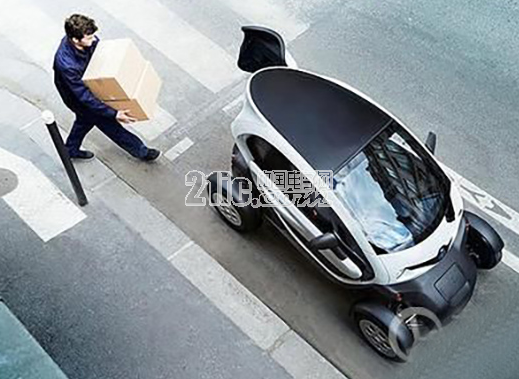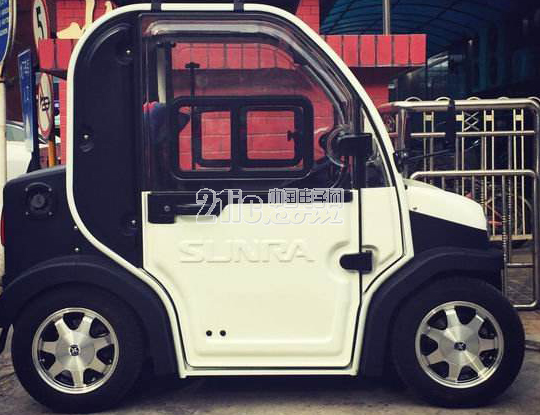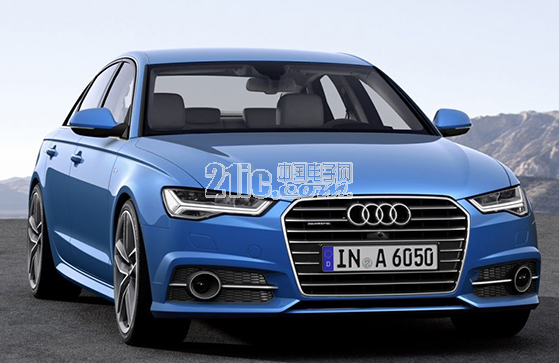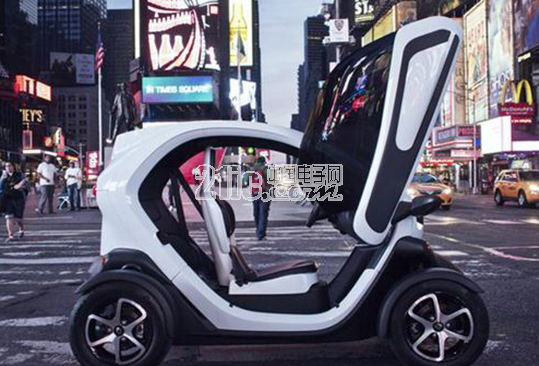Analysis of electric vehicle design
"Color" is not only beautiful, but also "sympathetic", so it can "resonate" with users. The essence of a car is that a car is a person, that is, what the consumer really has. A car that is a personal partner of human beings must and will be a manifestation and extension of human nature, and it is the externalization of human soul and emotion. This article refers to the address: http:// The so-called "color" is the color, the temperament, the beauty. That is to say, Changan’s car works must conform to the aesthetic and emotional requirements of consumers, or be colorful, or strong and strong; or be quiet and soft, or cheer up; or a flat river, or over the mountains; Or the smell is always on the same line, or the music can be heard at will. From the perspective of the definition of industrial design by the world design organization from 1964 to 2016, the importance of the “color†aspect of the product in design is constantly improving – In the period of industrialized production, industrial design is defined as: industrial design is a creative activity, the purpose is to solve the quality of industrial products, not only the external features, but also the relationship between structure and function; In 1980, the definition of industrial design became: in terms of industrial products for mass production, new qualities and specifications were given to materials, structures, structures, shapes, colors, surface finishes and decorations with training, technical knowledge, experience and visual experience. ; The definition of industrial design in 2001 is that design is a creative activity whose purpose is to comprehensively consider and improve the quality of goods, processes, services and the systems that they make throughout their life cycle; In 2015, the International Industrial Design Association, which has been in use for nearly 60 years, was officially renamed the “World Design Organizationâ€. It also released the latest definition of industrial design: to guide innovation, promote business success and provide a higher quality of life. The strategic problem-solving process applies to design activities for products, systems, services, and experiences. It can be seen from the above change process that the design task has evolved from “resolving the relationship between structure and function†to “experience and visual experience†to “solving experience and service to provide higher quality lifeâ€, which is proposed by Changan. "Intelligent color double rotation" is the same. The definition of “design†is a trend of change, and it is also the trend of “designâ€. “Resolving the relationship between structure and function†is the task that the manufacturer needs to accomplish. It is from the perspective of the designer and the manufacturer, and “providing a better experience and a higher quality of life†is what the consumer needs. Is standing on the stand of consumers and users. From this perspective, the "color" factor is more important than the "smart" factor, because the technical factor is the means, and the good emotional factor and experience is the purpose. The emotional factors that influence the style are: form, color, texture, aesthetics, and interactive experience. Form Form is the most important and basic element in vehicle modeling. Color and texture are attached to the form, and its contribution to the shape is second to form. The shape of the vehicle shape consists of the trajectory movement of the outline. Different types of cars will shape different shapes according to different times and functional requirements. When the shape of the vehicle comes into view, people will have different personality traits and emotional experiences. Lines and faces are the basic elements of morphological expression. The lines that are usually applied have straight lines and diagonal lines, which are intended to be straight, simple, and bright. Different lines have different meanings, such as the vertical line is strong and strong, and the horizontal line indicates calm and stability. Shapes shaped by curves and surfaces usually give a soft, rounded, and transparent feel. The most common morphological design, such as bionic morphology and streamline morphology. (1) Bionic form The bionic form mimics the external form and symbolic meaning of various substances in living organisms and nature, and applies them to product design through abstraction, deformation and exaggeration. The bionic form has good affinity and fun. For example, by imitating the dolphins to express the speed and flexibility of the car, the car is cute by imitating the panda, and the power and power of the car are reflected by imitating the bull, the lion or the shark. The bionic form needs to be abstracted and integrated, and cannot be added directly. For example, by adding a horn to express the shape of a cow, by adding a black-and-white stripe pattern on the surface to represent the shape of the zebra, etc., all belong to the direct form symbol, the expression is too simple, lack of imagination space and emotional expression, and it is easy to make people Feeling boring. Taking the side curve of the vehicle as an example, the line is the main way to express the dynamics, and its characteristics should be both skeletal and muscular. Skeletal sensation means that the corners at the corners or joints of the surface give people a feeling of protruding bones. This is the viewer's association with the organism. Appropriate corners will make the viewer feel the bones of the product are huge, thus feeling the car's tall. The muscle sense is expressed by the curvature of the curve. In the form of muscle, the expansion of muscle fibers forms an outward pressure, and the binding of the epidermis to the outward pressure of the muscle forms a surface tension inside the epidermis, thereby forming a curved surface and a curved surface. (2) Streamline form The streamline shape is used to describe the shape of a smooth, smooth line of objects that reduces the wind resistance of objects at high speeds. Although streamlined is a scientific term, in design applications, the streamlined form has evolved into a modeling language that symbolizes speed and the spirit of the times, and is endowed with symbolic meaning beyond science. Since the 1930s, streamlined style is still the most common design element in car styling. Even if some designs even destroy the aerodynamic performance of the car, consumers believe that as long as the car looks streamlined, it can bring people The thrill of driving at high speed. 2. Color Color art can give people a deep visual impression. When people observe objects, the visual nerves have the fastest response to color requirements in color, shape and texture, followed by form and finally texture. The relationship of color can be divided into three types: hue, purity, and lightness. Different hues give people different psychological cues, which are exactly the same for most people. For example, red has a feeling of enthusiasm, blue has a fresh and restrained feeling, and yellow has a positive and bright feeling. The change in color purity can reflect the generosity and subtleness of the body, and is suitable for consumer groups of different ages. The change in brightness of the color can give people a feeling of pleasure and deep feeling. The car is a combination of static and dynamic modeling art, its static and dynamic are directly affected by light. Therefore, the color design of its shape is different from the color design in the painting and the visual transmission design of the plane. It is also necessary to pursue the rich color and light and shadow effects of the work to express the emotion of the product, and strive to make the experiencer suffer a greater infection. 3. Texture The texture experience refers to the correct selection of materials, which can meet the rigidity and strength requirements of the car body, and give people an intimate and gorgeous aesthetic. Various materials have different texture effects: steel, deep, calm, calm; plastic surface, dense, smooth, delicate, moist; plastic wood veneer, easy, elegant, natural; plexiglass, clear, transparent, bright Wait. In the design, the different characteristics of these materials are used to organically organize them to make their respective aesthetics behave and beautify, resulting in contrast or blending effects. 4. Aesthetic law The aesthetic law is the constant discovery, recognition and refinement of people in the long-term life practice, and is also applicable to the product design of low-speed electric vehicles. The aesthetic rules of vehicle design are focused on: Change and unity. Change refers to the difference and difference in form between the various parts of the car as a whole. For example, the overall shape of the car is composed of a front wall, a rear wall, a side wall and a ceiling. Each part has its own unique elements and is irreplaceable. They are assembled together to form the overall body, and they must be unified and coordinated to form a visual effect with both change and unity. Proportion and scale. This mainly refers to the overall proportion of the body. The application of the golden ratio in automobile styling is extremely common. The current popular body ratio is about 0.6:1 for the wheelbase and the length of the vehicle. The ratio of the height of the side waistline (or the side of the side window) to the height of the vehicle is about It is 0.6:1 and so on. For example, the ratio of the wheelbase of the 09 Audi A6 to the length of the car is 2945/5012=0.588. This ratio makes the car look more stable and thick, and the atmosphere is safe. Transition and echo. In the styling design, the transition is the transition of the body line, face and body, and can also be expressed as the transition of color gradation, but the ultimate goal is to achieve a harmonious and harmonious design effect. Responsiveness refers to the interaction of visual elements in the shape, color and quality of each other and the mutual interaction of positions, which makes people have a sense of harmonious unity in visual impression. Common examples include the echo of the front and rear wind windows, the echo of the headlights and the taillights, and the echoes of the front and rear guards. 5. Interactive experience The interactive experience of the product is an important component of emotional factors. Faced with the in-depth development of informatization and intelligence, electric vehicles have also changed from mass-produced industrial products to design activities for products, systems, services and experiences. Due to changes in the design environment and design objects, the continuous development of innovation models, and the integration of interconnection and IoT, design requirements for interdisciplinary disciplines are growing stronger. The new generation of electric vehicle products and intelligent manufacturing technology centered on "human-machine integration", "artificial intelligence" and "smart manufacturing" are quietly promoting a new round of revolution. Therefore, the current product interaction innovation emphasizes interdisciplinary crossover, integrated knowledge, Explore new technologies, new forms, and new services across borders. The innovation of interactive experience will come more from the deep integration of technology, design, art and business. For the interactive experience of low-speed electric vehicles, three main characteristics can be proposed: uniqueness, difference; practicality, true pain point; achievability, can be achieved under the existing material conditions. At the same time, it is not the more perfect the technology, the newer the better, the integration of innovation, multidisciplinary, and business integration, perhaps more efficient. Shenzhen Xcool Vapor Technology Co.,Ltd , https://www.szxcoolvapor.com
